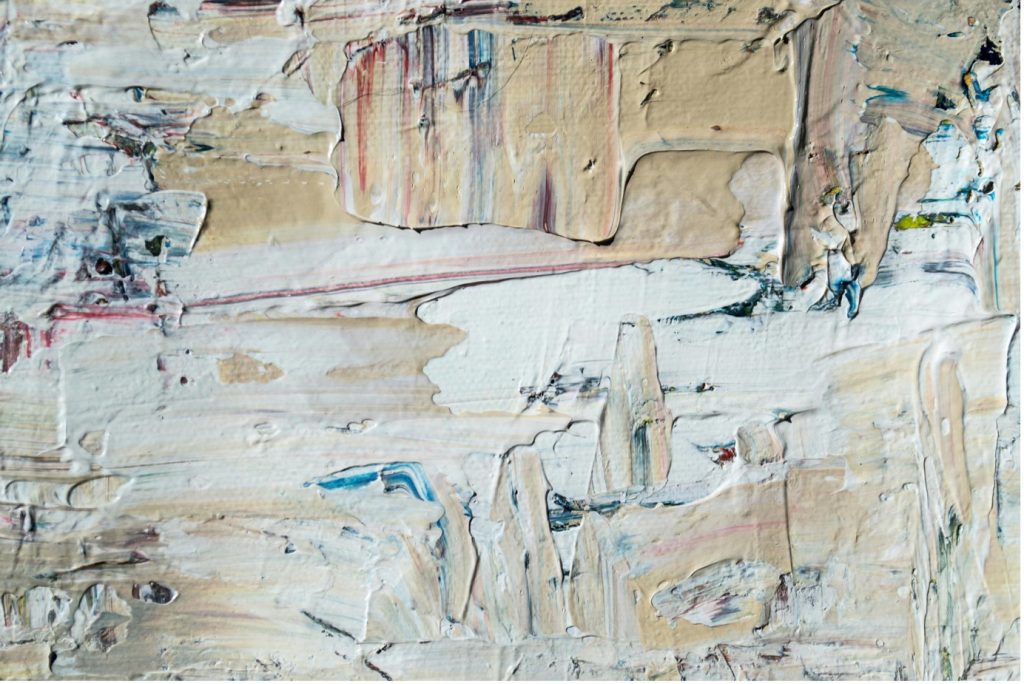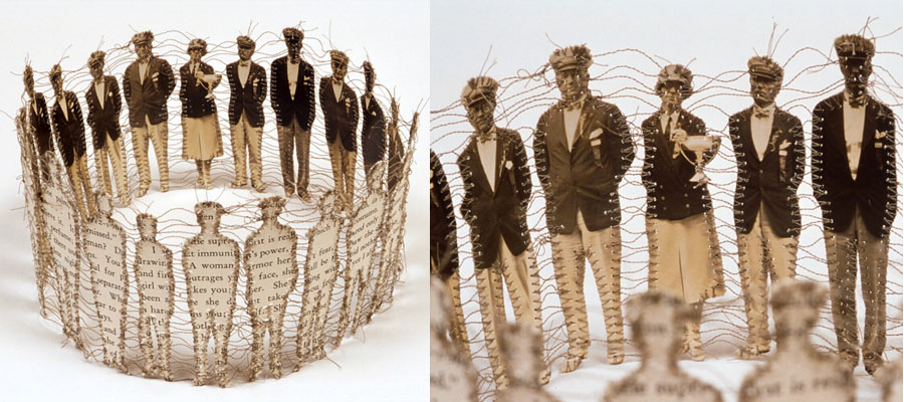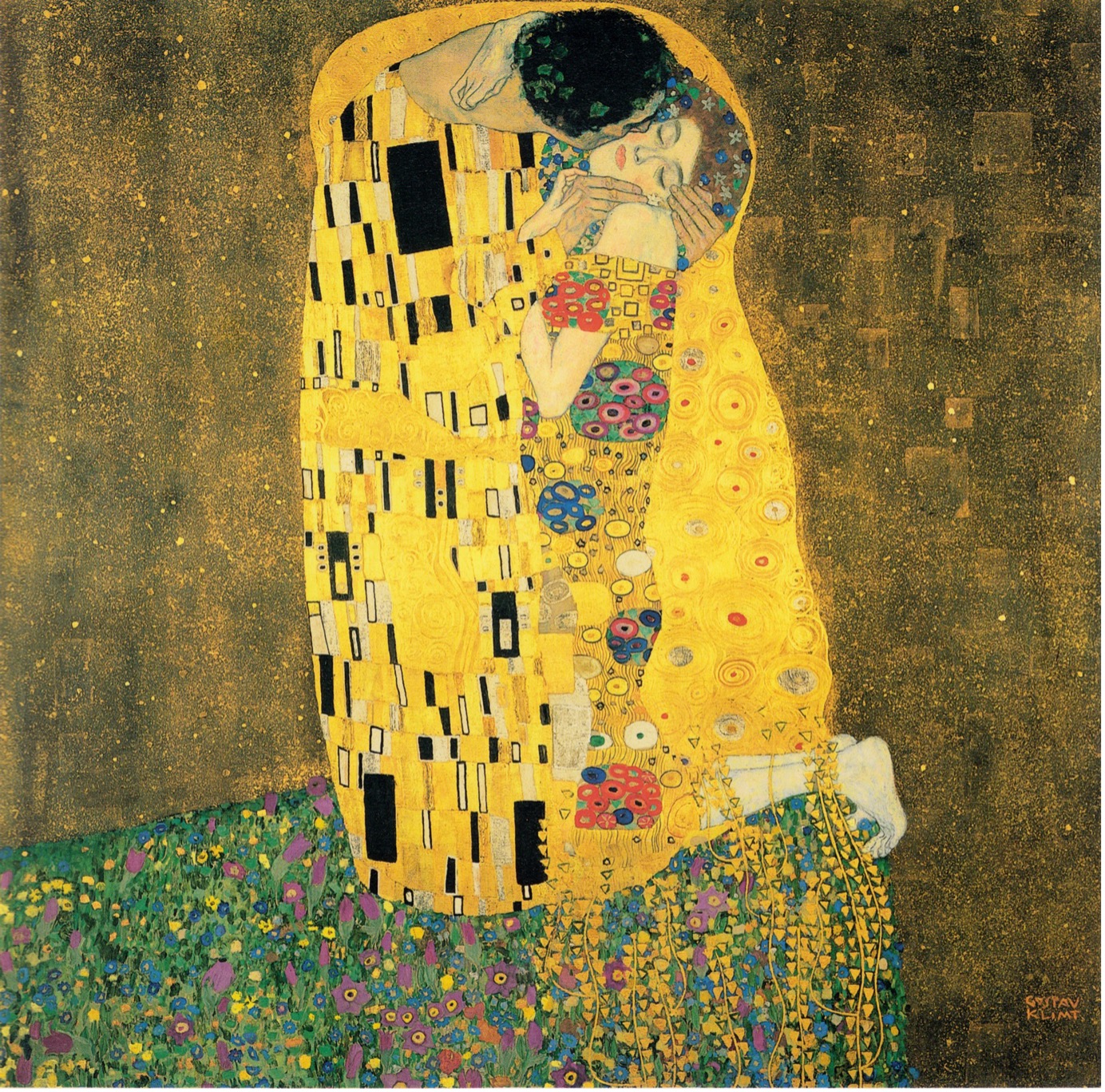Art can be many things. It can be classical and traditional, as much as it can be modern and unconventional. Whatever you do, you can call it art. These days, even an AI-generated image can be called art if an artist is behind it. When you are just learning to become the greatest artist of the next generation, you are constantly on the lookout for new mediums.
Finding your true personal style is not easy, especially if you want to profit from your art. When looking for artists to do commercial orders, buyers usually look for specific styles and art forms. One of the most significant pieces of advice a young artist can receive is not to chase money at this point. If you start painting for money before you find your true style, you might never find it because you’ll get stuck in commercial expectations.
Increase the Size
To make an artwork unconventional, you can start experimenting with size, contents, or techniques, or possibly all three!
The first way to make your paintings stand out is the size of the painting itself. No matter the style you work in – realism, impressionism or abstract art, it can be magnificent if you increase the size.
Think of Botticelli’s Birth of Venus, Rembrandt’s Night Watch, Bosch’s The Garden of Earthly Delights, Velázquez’s Las Meninas, or Klimt’s Kiss. They were all made at different times by different artists from different countries. But what connects those artworks is their huge size and great detail. You can strive to create similar artworks by increasing the scale. Just be ready to spend some time creating them since they require a great deal of detailed work.
Add Texture

With Acrylic Paints
Another way to make your art stand out is by adding layers or width. You can pipe acrylic paint onto the canvas to create voluminous, textured pieces that catch the eye of everyone walking past. Layering acrylic with a palette knife or even a piping bag can give your painting a vibrant, almost alive appearance.
With Paper
Another way to add texture is to use unconventional media like paper. You can refer to the works of Domitilla Biondi for inspiration. She’s an Italian artist who layers paper on the canvas to create unusual, mostly white-on-white works. The images she creates with paper are mostly floral or inspired by nature, but you can go in any other direction if you don’t want to copy her work directly.

Another great example is Lauren Collin, who uses colored or painted paper to layer on top of her canvas and make her art unique. Her works are also often monochromatic, but they stand out greatly due to the texture and unusual media used. Her paper work resembles feathers or leaves of a palm.
With Textile
Using textiles in your art is another great way to try out something new and experiment. There are lots of opportunities and room for experiments when it comes to textiles. You can paint directly on clothes, embroider, dye textiles, layer them on canvas, or even add them to your oil paintings.

Anni Albers is a famous representative of this genre. With her works, she was one of the first people who challenged the dichotomy between art and craft. Weaving and printmaking were the most dominant mediums in her works. She achieved great fame despite the boundaries put in place for women and untraditional genres.
You can learn about using non-traditional materials from Ghanaian artist El Anatsui. He uses aluminum bottle caps, copper wire, and other unusual materials found outside. He creates large-scale tapestries, wall hangings and sculptures that focus on globalization and consumption, as well as reflect his African heritage.

Nina Kratz can be your inspiration when it comes to using textiles in canvas form. She carefully weaves fabrics together to create intricate and detailed designs. Her style reflects her Scandinavian heritage since her works are minimalistic and sophisticated. At the same time, they grab a lot of attention since they look like they are frozen in time.

If you’re interested in working with tread in combination with other somewhat random objects, you can refer to the works of Lisa Kokin. Some of her works feature leaves machine-stitched onto paper, bound by the canvas. Her most recent works are quite abstract. She tends to stitch her art onto a canvas of fabric, sometimes adding other materials.
Use Household Objects
It’s only natural that a beginner artist would not be able to afford a huge studio to store their unfinished 6-foot tall paintings or tons of acrylic paint to create heavily textured works. This is why we suggest you start experimenting with household items.
Look around your kitchen and you are bound to find interesting textures and inspiring images. The imprint of a box grater, a fork, or your house plants can create interesting shapes when applied to canvas.
Using bubble wrap or cling film can also help spice up your paintings. While bubble wrap can be used to create a honeycomb-like texture, with plastic wrap, you can manipulate the paints using your hands without making a mess. Old toothbrushes, hair brushes or combs can help you create random, or, vice versa, ideally symmetrical lines that transform your canvas into something else.
Wrapping Up
Creating art is not easy, but it shouldn’t be. To create means to give birth to something new, something unexplored and uncharted. If you start by creating art for sale, you might never be able to find your own unique style. This is exactly why, to be a great artist, one needs to have courage and be able to challenge oneself.
_______________________
Author’s Bio:
Olivia Walker, renowned for her exceptional dissertation help provided by Essaypro, has significantly impacted academic writing, guiding students toward scholarly excellence with her expertise and dedicated support.




